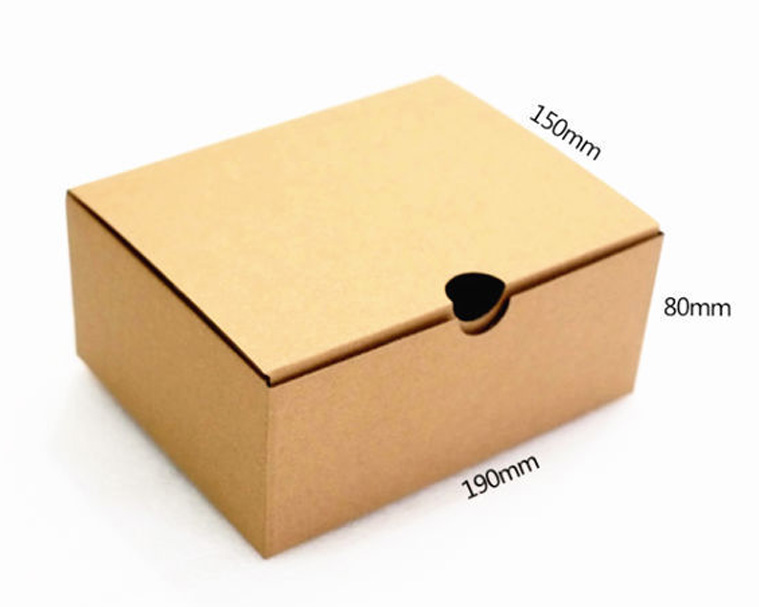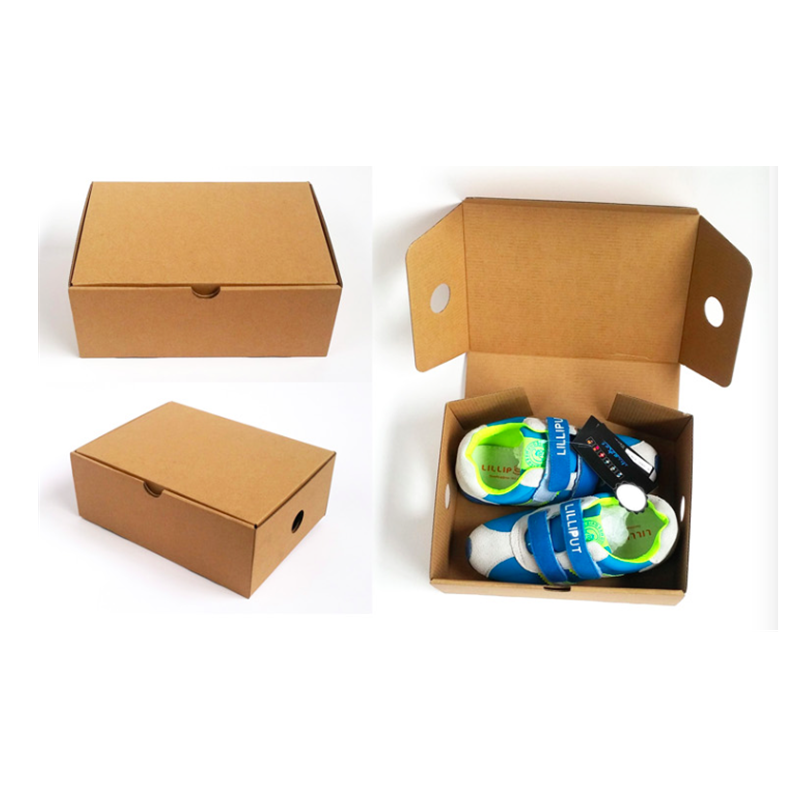Abstract: Tea seed oil is a unique woody oil in China, which is obtained by squeezing the seeds of Camelliaoleifera Abel. China has been planting Camellia oleifera since the Southern Song Dynasty. Taking oil from rapeseed and eating it has been seen in "Compendium of Materia Medica".
As the main edible vegetable oil in the "Mediterranean diet structure model", it has long been recommended by the World Health Organization (WHO) as a healthy nutrient oil beneficial to human cardiovascular health [1]. In recent years, studies have shown that tea seed oil also contains vitamin E, squalene and other antioxidant components, which reduce the peroxide value and make it have antioxidant activity [2]. However, no literature reports on systematic research on fatty acid composition in tea seed oil have been reported. This article uses gas chromatography / mass spectrometry to determine the fatty acid composition of tea seed oil and compares it with other vegetable oils. In order to explore the influence of the processing process on its fatty acid composition, we also analyzed the fatty acids in tea seed oil raw materials and processing by-products, fruit shells, tea seeds, and tea residue cakes.
1 Experimental part
1.1 Materials, reagents and instruments
Shimadzu GCMS-QP2010Plus, BF-2000M nitrogen blow dryer, Milli-QII pure water purifier.
Tea seed oil, refined tea seed oil, crude oil, tea seeds, tea cakes, and nutshells are provided by Beijing Green Crown Group; sesame oil, rapeseed oil, soybean oil, peanut oil are all commercially available domestic vegetable oils (manufacturers are omitted), Olive oil (ExtraVirgin) is produced in Greece.
C12-C24 saturated fatty acid methyl ester, methyl linolenate, methyl oleate, methyl linoleate, methyl palmitoleate, arachidonic acid methyl ester, and corresponding fatty acids were purchased from Sigma. Methanol, acetonitrile, n-hexane, potassium hydroxide, and sodium chloride are domestic analytical reagents, and boron trifluoride ether was purchased from Sigma.
1.2 Sample processing
Take 20 μL of vegetable oil and add 1.0 mL of 14% BF3-ether / methanol solution. Place it in a boiling water bath at 100 ° C. for 5 min for derivatization. The derivatized product is extracted with 2 mL of n-hexane and centrifuged at 3000 r / min for 5 min. The n-hexane phase is blown dry with nitrogen and reused 100 μL of n-hexane was reconstituted.
After drying solid samples such as tea seeds, fruit shells, tea cakes, etc., it is ground into a fine powder, accurately weighed 2g and extracted with n-hexane, centrifuged at 3000r / min for 2min, the n-hexane phase is taken and dried with nitrogen, and 1.0 is added to the residue mL14% BF3-diethyl ether / methanol solution, derivatized in a boiling water bath at 100 ° C for 5 min, extract the derivatized product with 2 mL of n-hexane, centrifuge at 3000 r / min for 5 min, take the n-hexane phase and blow dry with nitrogen, and reconstitute with 1 mL of n-hexane.
1.3 Analysis conditions
Gas chromatography conditions: chromatographic column: HP-5MS (30m × 0.25mm × 0.25μm); heating program: the initial temperature of the column is 60 ℃, last 2min, rise to 170 ℃ at 20 ℃ / min, hold for 3min, then 3 ℃ / min up to 228 ℃, hold for 5min; inlet temperature: 280 ℃; carrier gas: high purity helium; carrier gas flow rate: 1.2mL / min; sampling method: split injection (split ratio 30: 1); Injection volume: 1 μL. Mass spectrometry conditions: GC / MS interface temperature: 280 ℃; ion source temperature: 230 ℃; ionization mode EI source; ionization voltage: 70eV; scanning range 50 ~ 600u.
2 Results and discussion
2.1 Fatty acid composition of tea seed oil
Analyze vegetable oil samples such as tea seed oil according to the above experimental conditions, compare the retention time of each chromatographic peak in the obtained total ion current chromatogram (see Figure 1) with the reference substance, and search it with the NIST database. Fatty acid methyl esters such as methyl linolenate, methyl myristate, methyl palmitate, methyl linoleate and methyl oleate are calculated by the area percentage normalization method for the content of each fatty acid in vegetable oil ( See Table 1).
The results show that the oleic acid content in tea seed oil is as high as 70% or more, similar to olive oil, but different from other tested vegetable oils. It has been reported in the literature that oleic acid in olive oil has a significant effect on gastric ulcers, gallstones, and constipation. In particular, it can lower the low-density protein of plasma cholesterol in the human body, increase the high-density protein, and reduce the occurrence of cardiovascular diseases. The results of this paper provide a theoretical basis for the lipid-lowering effect of tea seed oil. In addition, the measurement results also found that the component ratio of saturated fatty acids, monounsaturated fatty acids and polyunsaturated fatty acids contained in tea seed oil is also very similar to olive oil.
2.2 Analysis of fatty acids in raw materials and by-products of tea seed oil processing Tea seed oil is obtained from the seeds of Camellia oleifera, usually obtained through physical processes such as dehulling, crushing, squeezing and filtering, and then refined by degumming, deacidification and decolorization Process to obtain refined oil. We use the established method to analyze the fatty acids in the raw materials of tea seed oil, such as tea seed and crude oil, as well as processed by-products, fruit shells and tea residue cake, and compare them with the refined oil. The results show that the fatty acid composition of tea seed, crude oil and refined oil are basically the same, but the proportion of polyunsaturated fatty acids in the refined oil is slightly lower than that of crude oil, indicating that the processing process has a greater impact on the stability of polyunsaturated fatty acids. It was also found that the linolenic acid content decreased rapidly as the bottle was left open for an extended period of time. In addition, a large amount of fatty acids similar to the ratio of tea seed oil were also detected in the husk and tea pomace cake, indicating that these processing by-products are necessary for re-extraction and recycling.
3 conclusions
In this paper, the fatty acid composition of tea seed oil and other vegetable oils was analyzed by GC / MS method. The results showed that the content of saturated fatty acid, monounsaturated fatty acid and polyunsaturated fatty acid contained in tea seed oil was similar to olive oil. Provide theoretical basis for health care. Analysis results of fatty acids in raw materials and by-products of tea seed oil processing show that the processing process has a greater impact on the stability of polyunsaturated fatty acids, and a large amount of fatty acids with a similar proportion to tea seed oil are also detected in the husk and tea residue cake , Indicating that it is necessary to re-extract and recover these processing by-products.
references
1Estruch, R .; MartÃnez-González, MA; Corella, D .; etal, EffectsofaMediterraneanstyledietoncardiovascularriskfactors.Arandomizedtrial.Ann.Intern.Med.2006,145 (1): 1 ~ 11
2 Wu Xuehui, Huang Yongfang, Xie Zhifang, etc. The health function of tea oil and its development prospects, Food Science and Technology, 2005, (8): 94 ~ 96
3AlegriaC.P, LorenzoC., AlessandraB., Etal, Analytical determination of polyphenolsinoliveoils, J.Sep.Sci.20
Welcome to surf our luxury paper packages.We are good at manufacturing the shoes box.
OUR company offers a variety of children's shoes boxes, covering children from different manufacturers shoebox pictures, pictures of different types of children's shoebox, user select appropriate child shoebox through product detail.

As you can see,this krown box materials are high quality kraft paper without any printing.It is the plane structure box and with the has the strong hardness for packing the shoes ans protect the shoes.Its size is 190x150x80mm.It is nice for baby shose displaying.

The box size is suitable for the children's shoes. The perfect material and hardness is good enough defend the shoes from damages when they wre transported.This kind of shoes box can bring the good protetation for the shoes.
It has the nice die cuts and perfect tightness for transportation.
We have many years experience for producing the paper boxes.Welcome to our childrens' shoes box trip!Wish you have a nice trip!
Clear Plastic Children Shoe Box,Small Packaging Children Shoes Box,Cardboard Children Shoe Box
Shenzhen Haotuanyuan International Trading Co.,Ltd , https://www.luxurypaperbox.com